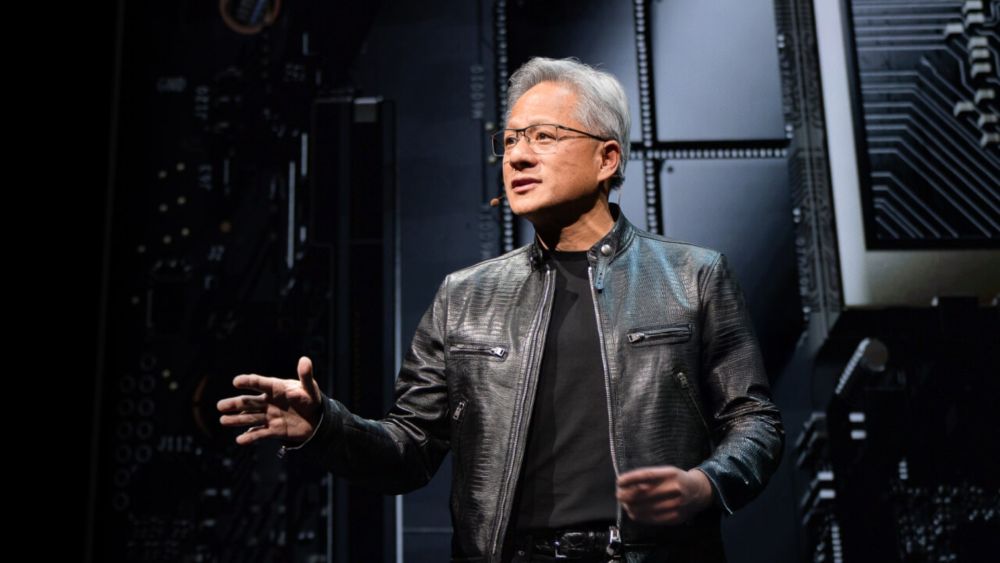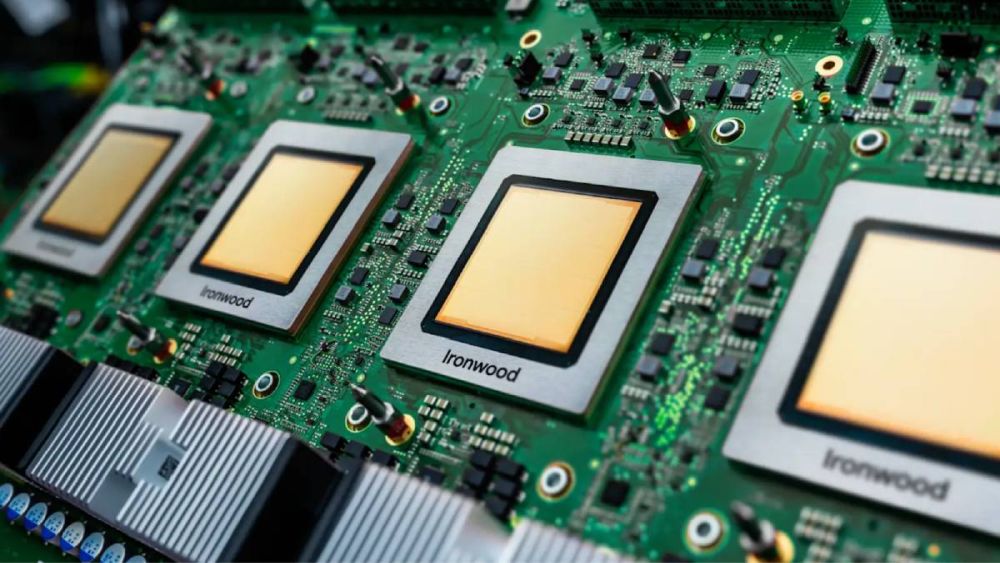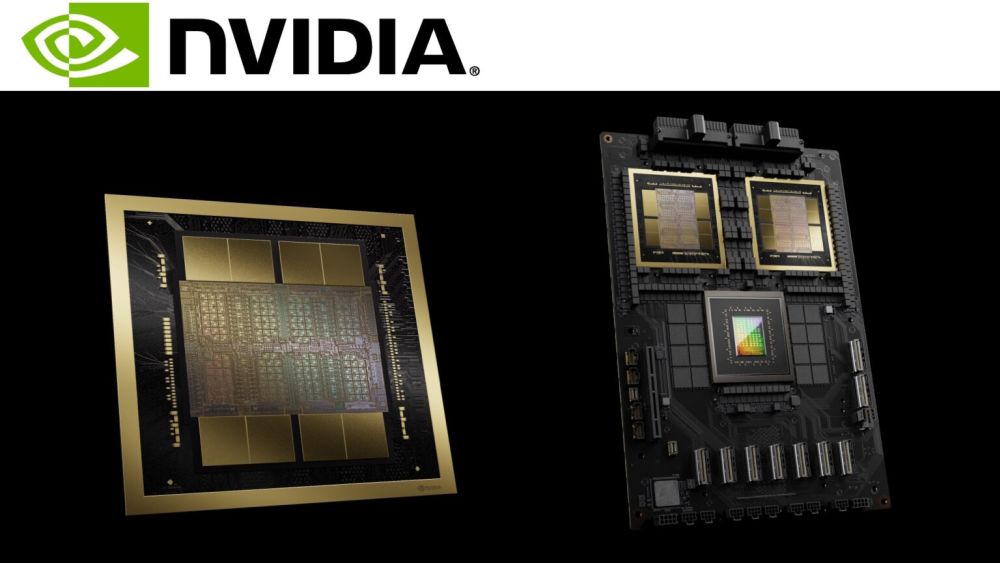Jensen Huang returned to Taiwan for a short but meaningful visit that placed the spotlight on the country’s central role in the global AI hardware supply chain. Landing in Tainan, he went straight to TSMC’s 3-nanometer fabrication site, a location that has become a core production center for NVIDIA’s newest chips. The visit was brief, yet it drew considerable public attention.

His stop at TSMC was informal but strategic. Huang emphasized that NVIDIA and TSMC share more than just business cooperation. He framed the relationship as a long-term partnership, almost familial in tone. That language reflected the reality of how closely NVIDIA depends on TSMC’s ability to deliver cutting-edge manufacturing at scale, especially as AI products expand into every sector.

The timing matters. Demand for high-performance chips continues to rise each month, driven by cloud AI clusters, data centers, autonomous systems, and new AI-first consumer products. With each new architecture, NVIDIA pushes for smaller nodes and higher efficiency, and TSMC remains the key to making that possible. Huang’s physical presence at the facility signaled confidence in TSMC’s capacity and roadmap.

This visit also reinforced Taiwan’s role as the industrial bottleneck and powerhouse of advanced chipmaking. For observers and investors, it was a reminder that the future of global AI performance still depends on the success of the processes refined in places like Tainan. The trip may have been short, but its implications were large, pointing to a continued deep interdependence between design leadership and manufacturing expertise.

#NVIDIA #TSMC #JensenHuang #Taiwan #Semiconductors #AI #Chipmaking
